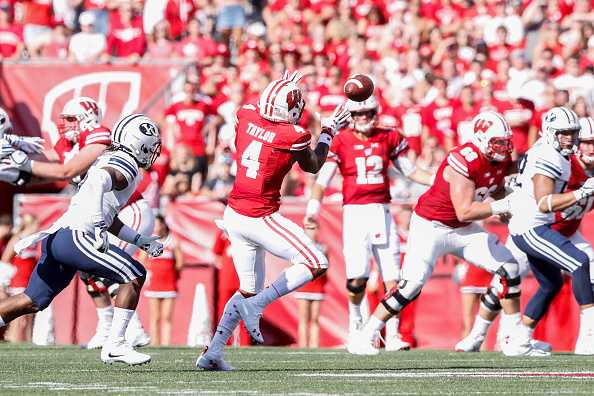In hockey, the same result can be achieved in many different ways. Take, for instance, a goal. Mario Lemieux once scored five goals in a game, five different ways. Sometimes it takes mixing things up until something sticks. Sometimes one thing can work over and over again without fail. That’s how the powerplay strategies of the Boston Bruins and Washington Capitals can be viewed. Ask the Toronto Maple Leafs, who have been on the losing end of both teams over the past two weeks. One team is static and finds success in the same strategy with the same personnel, over and over again. The other team continues to surprise me with how dynamic they can be when trying to score a goal.
Static Powerplay: Capitals
It’s simple: Get the puck to number 8. The defence knows it’s going to him, and they still can’t find any way to stop him. Alex Ovechkin is an unstoppable force that can rarely be contained. That’s not to say that Ovechkin is the only player driving the Caps’ top unit. Washington’s powerplay is a well-oiled machine. John Carlson quarterbacks the top unit, with Evgeny Kuznetsov stationed down low, T.J. Oshie in the middle, Nicklas Backstrom on the right, and Ovechkin in his office on the left. Even though most defending teams expect the puck to get to Ovechkin, they still have a great deal of trouble getting in his way.
The Capitals continually cycle the puck on the right side of the ice, which forces the defending penalty kill to collapse to one area, trying to contain the play. The problem with this is that Ovechkin is eventually isolated on the left side. Because Ovechkin is such an effective shooter, if the puck gets across the ice, Ovechkin has a wide-open scoring chance.
https://platform.twitter.com/widgets.jsAlex Ovechkin scores his first powerplay goal of the new season. It’s also his first-ever point on Pekka Rinne. 2-1 Caps. pic.twitter.com/yxp8kfuaqO
— Ian Oland (@ianoland) October 11, 2019
Ovechkin is left all alone, and because both Backstrom and Carlson are such effective passers, a variety of options open up to get the puck to him. As seen above, Ovechkin has more than enough time to set up for a one-timer, leading to a powerplay goal. Because Washington’s powerplay has consistently been one of the best, Ovechkin has now scored 250 of his goals on the man-advantage.
Dynamic: Bruins
While Washington’s powerplay is a result of consistency, the Bruins have built their powerplay on chemistry. Their top forward line of Brad Marchand, Patrice Bergeron and David Pastrnak is one of the top-scoring 5-on-5 units in the league. Giving this unit extra space on the ice only makes them more dangerous. Because those three are so cohesive, they seem to find each other anywhere on the ice. So instead of structuring the powerplay around getting the puck to a shooter, the Bruins are extremely mobile. The puck is cycled around the offensive zone until an open shot comes available. If that doesn’t work, the Bruins have enough skill to get the puck to the front of the net and make someone look stupid. See below:
? ?@pastrnak96 | #NHLBruins pic.twitter.com/8cHjVhppcR— Boston Bruins (@NHLBruins) October 22, 2019
Another important factor to Boston’s success is gaining possession early. Patrice Bergeron is consistently one of the best in the faceoff circle, meaning Boston can get their powerplay set up much quicker when they have the puck. Once the puck gets moving across the offensive zone, it doesn’t take long before the defending players are out of position, and an open man is available near the net.
Shooting Gallery
Although Boston has a more mobile top unit than Washington, one similarity between the two is developing. David Pastrnak is becoming just as lethal of a shooter as Alex Ovechkin. His goal-scoring instinct is on a whole other level this year, and because of that, Boston is starting to see him as the first option for a shot, much like the Capitals do with Ovechkin.
Ovechkin currently has 667 career goals. 250 of them have been on the man advantage, which is 37 percent of his goal total. 47 of Pastrnak’s 142 career goals are on the powerplay. That adds up to 33 percent of his goals. It’s clear that Boston is trying to build their powerplay around their top shooter, just like Washington.
So how does a team defend against these absolute onslaughts? There is no simple strategy. It may require a change in thinking to figure out how to contain these offences. The simple solution that more teams need to establish is to just take fewer penalties. Because the minute that either of these teams gets a bit of space, they’re going to strike.






